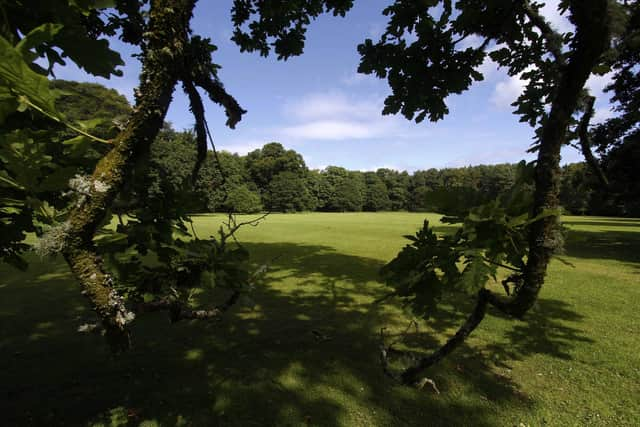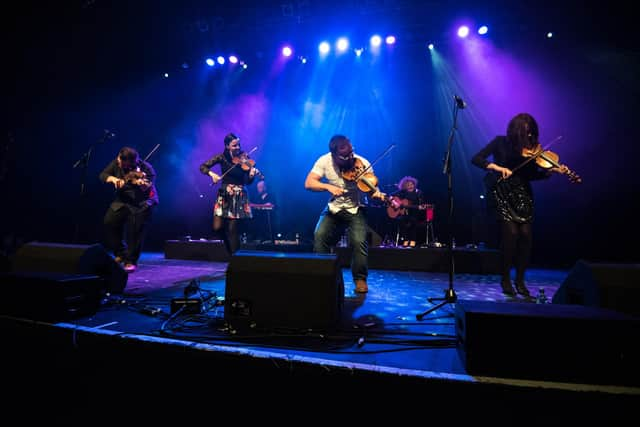Historic park to host Scotland’s newest outdoor music festival
The park was originally created as pleasure gardens for Rozelle House, which was built for Robert Hamilton in 1760 and was donated to the town of Ayr more than 200 years later.
South Ayrshire Council, which now runs Rozelle House as a museum and gallery, is backing the inaugural “Fresh Ayr” event in the 19th-century park, which dates back to the 1830s.
Advertisement
Hide AdAdvertisement
Hide AdMore than 25 acts are due to perform at the 2023 festival, which will be able to expand to a 10,000 capacity in future years at the park, which is just outside the town centre.


Camping facilities will be on offer at the new festival, due to run from August 11-13, while shuttle buses will also transport festival goers to and from the town centre.
Ayrshire is already home to the Kelburn Garden Party festival, which is held in the grounds of 13th-century Kelburn Castle, near Fairlie, in north Ayrshire.
Initial acts announced for Fresh Ayr include festival favourites Mànran, Blazin’ Fiddles, Talisk, Siobhan Miller and the Kinnaris Quintet.
Fresh Ayr director Blair Parham said: “I’m so excited to bring the first ever folk festival to the heart of our town.


"It’s something I’ve aspired to do for a long time. I’m absolutely thrilled that we’ve managed to get this off the ground and we’re able to offer the people of Ayrshire and further afield a fantastic three-day event with something for everyone to enjoy.
"The calibre of artists we have playing is second to none. The food and drink offering from local suppliers will be amazing, the children’s activities will be captivating and the location is just beautiful.”
Advertisement
Hide AdAdvertisement
Hide AdKinnaris Quintet fiddler Aileen Reid said: “We can’t wait to perform some of our favourite tunes for the crowd at Fresh Ayr. It’s really exciting to be on the line-up for this brand new festival and we’re looking forward to playing to the Ayr crowds next summer.”
Mànran accordion player Gary Innes said: “There are so many brilliant acts on the bill and we’re honoured to have been asked to close the Saturday night. It’ll be a night to remember.” The land on which Rozelle House and the park stands was originally part of the Royal Burgh of Ayr, but was sold in 1754 to Robert Hamilton, of Bourtreehill, in Ayrshire, to help pay off its debts.


The son of Hugh Hamilton, an Ayr merchant who had trading links with the West Indies in the late 17th century, Robert went out to Jamaica in 1734 and within a year acquired co-ownership of the large sugar plantations Rozelle and Pemberton after marrying widow Jean Mitchell.
According to South Ayrshire Council’s own history of Rozelle Park, by the time Robert Hamilton died in 1773, the plantation it was named after had 185 slaves. His relatives continued to be involved in sugar production in the Caribbean until the 1830s.
A plan for the pleasure gardens at the estate house in Ayr was drawn up in 1834 and they were gifted to the town in 1968, on condition the grounds were utilised for cultural and recreational pursuits.
Comments
Want to join the conversation? Please or to comment on this article.
